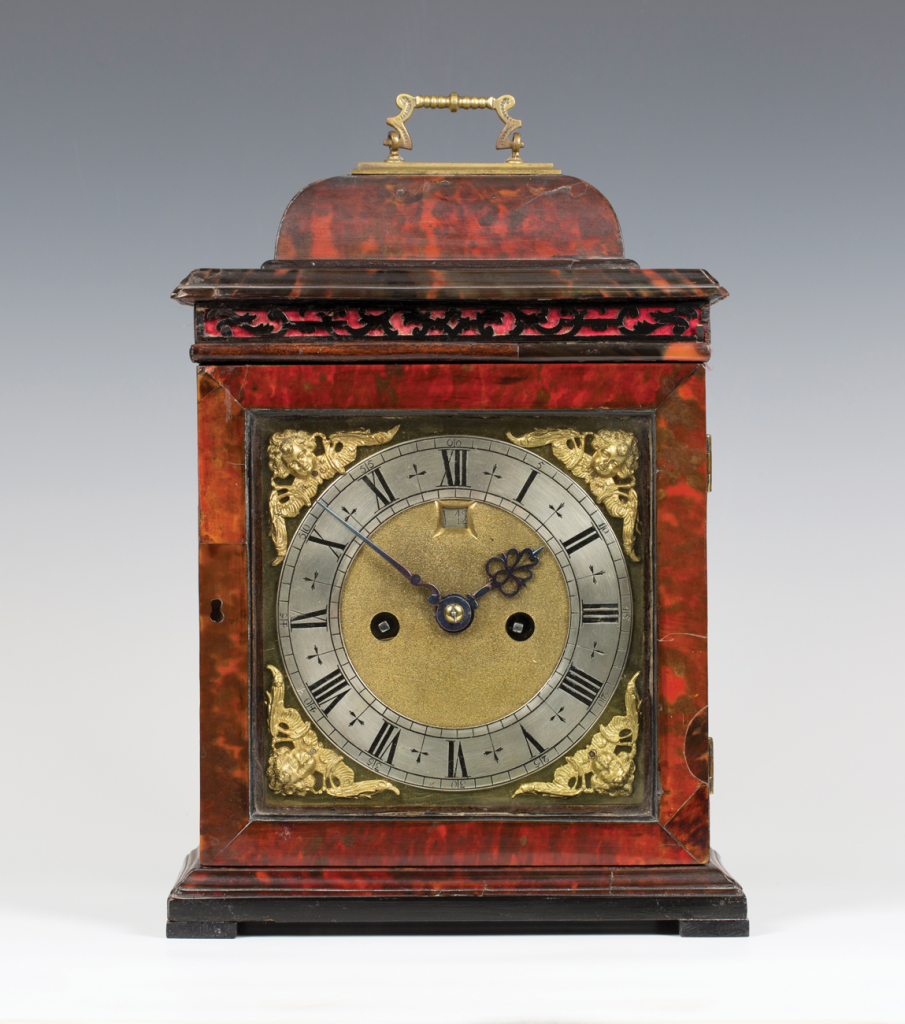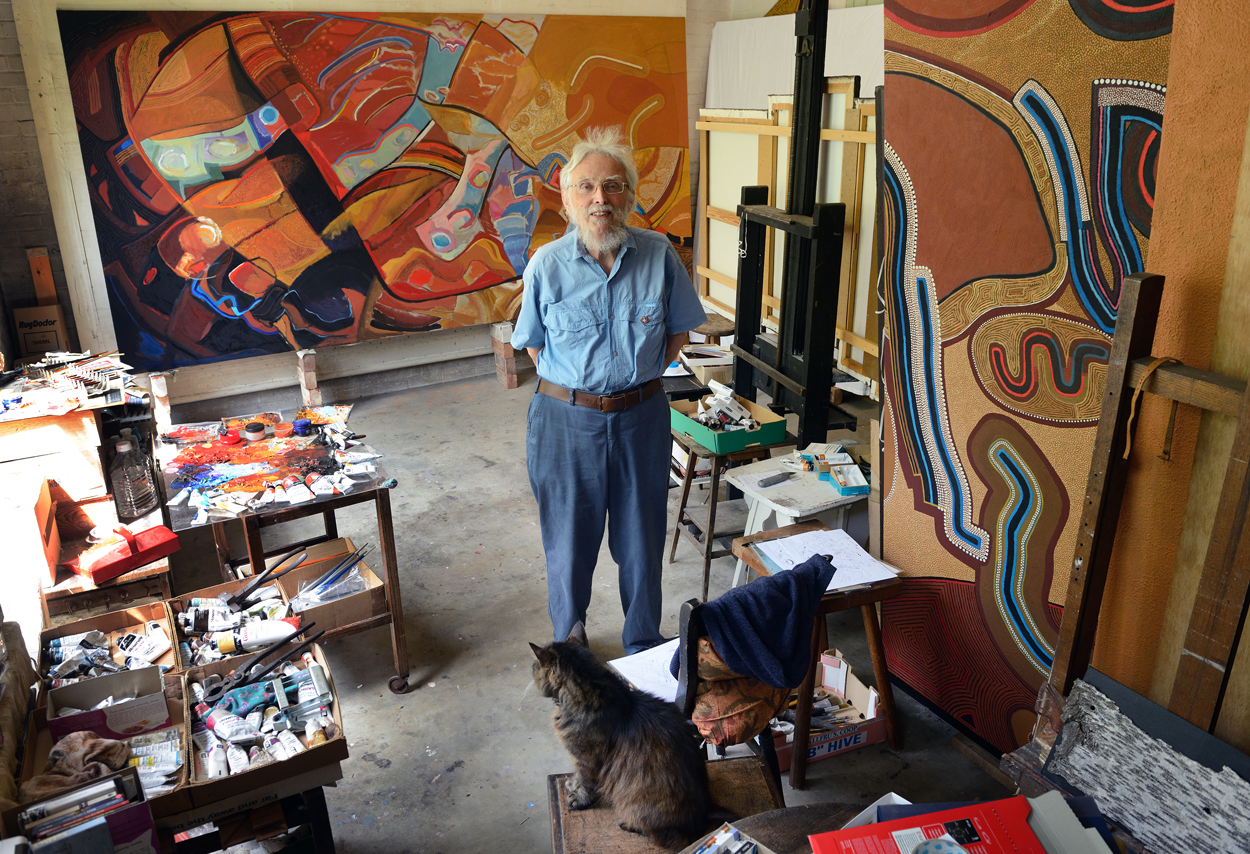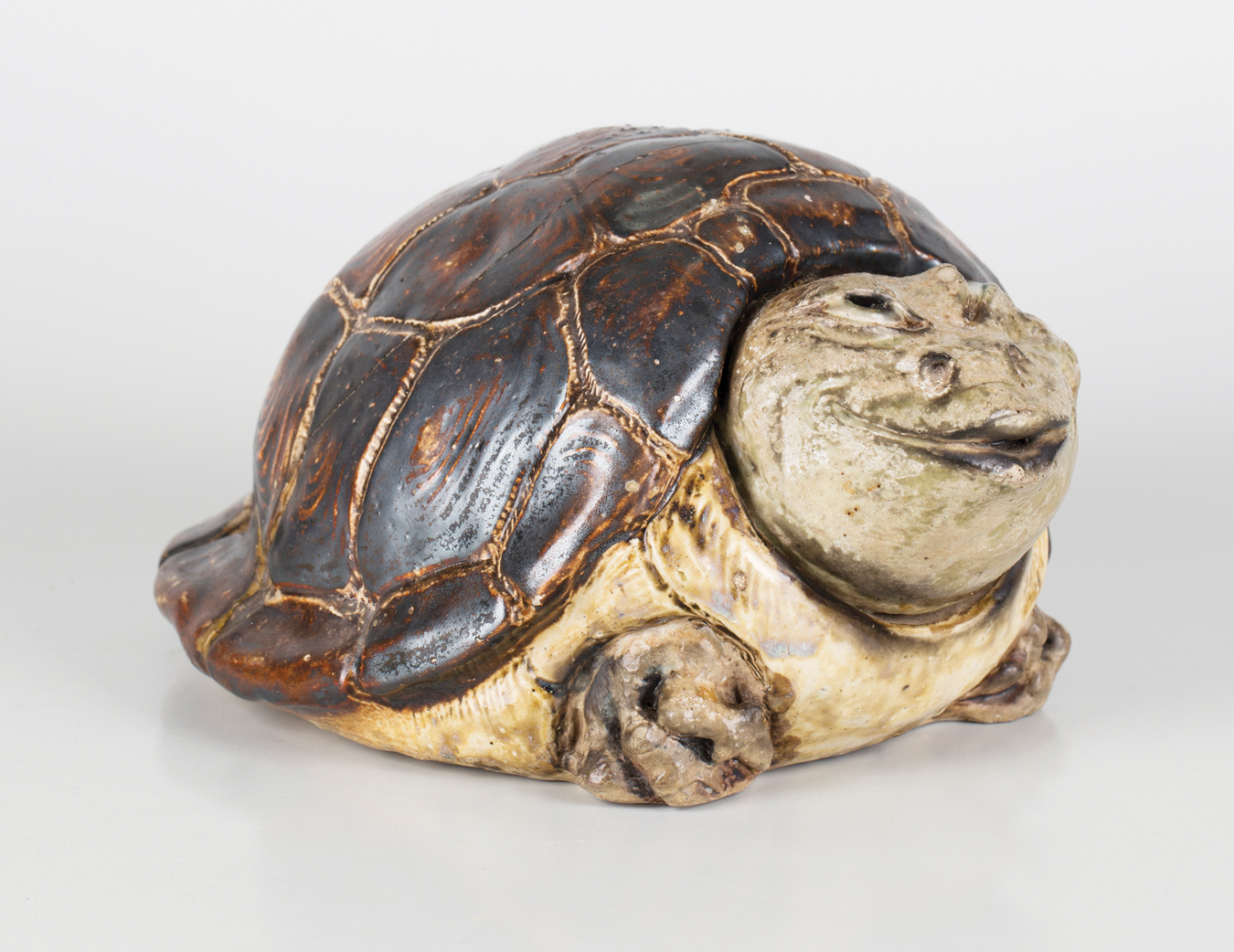
The late 17th century saw a revolution in English horology with huge leaps forward in science and technology. The invention of the pendulum and the verge escapement transformed the accuracy of mechanical time keeping. This period has become known as the golden age of English clockmaking.
The introduction of the pendulum shortly after 1650 has been described as ‘the greatest event in the history of horology’. A pendulum has a definite period of swing and gives a repeated unit of time whilst regulating the rotation of a clock’s spring or weight driven wheels.
It was Galileo who first discovered the isochronous properties of the pendulum in 1581. The pendulum clock was invented by the great Dutch scientist Christiaan Huygens and patented in 1656. In 1657 he assigned the rights to his invention to Saloman Coster, a clock maker from the Hague. John Fromanteel, a member of the famous London family of clockmakers of Dutch descent, worked with Coster in Holland between 1657 and 1658 and introduced the technology to England upon his return.
The introduction of the pendulum clock to England coincided almost exactly with the Restoration of Charles II in 1660. Charles was a great patron of the arts and returned from the Continent with a taste for the finest art, clocks and objects in contrast to the austerity of the Puritan period which preceded him. England’s new found and rising wealth led to a growing demand for this new fashion and taste.
The Great Fire of London added to this demand as vast numbers of houses were rebuilt and refurbished. And this was the age of Sir Isaac Newton with Britain taking a leading role in the pursuit of science.

The combination of Royal patronage, rising wealth, science and an increasingly international maritime outlook produced an outstanding generation of clockmakers which included Thomas Tompion, regarded as the ‘Father of English clockmaking’, Edward East, watchmaker and clockmaker to Charles I, Daniel Quare, and Joseph Knibb, who has been described as ‘next to Tompion…the greatest horologist of his time’. The demand for clocks remained strong into the late 17th and 18th century with other clockmakers working alongside them.
The late 17th century red tortoiseshell and ebonized bracket clocks you see here by John Cotsworth and John Cotton are fine examples and sold at Toovey’s for £6400 and £5000 respectively.
Both clocks had eight day twin fusee movements with verge escapements, finely engraved and signed back plates, and square brass dials with Roman hour numerals and Arabic minutes. The red tortoiseshell and ebonized architectural cases with their cushion-moulded tops and brass handles are typical of the period. There is much to celebrate in the quality of their mechanisms and their cases.
Interestingly John Cotsworth (sometimes Cossworth) is recorded as a London clockmaker, born in 1637. He was apprenticed to Jeremy Gregory and made free of the Clockmakers Company in 1669 to 1702. Cotsworth died in 1732, described as ‘aged near 100, formerly a watchmaker in Fleet Street and the oldest inhabitant of St. Dunstan’s Parish’. John Cotton is recorded as a London clockmaker, apprenticed in 1683, he was made free of the Clockmakers Company in 1695 to 1697.
Clocks remain one of the strongest collectors’ fields combining the skill of the clockmaker with that of the cabinet maker. These fine horological instruments give us a sense of our place in the procession of time and history – it is easy to understand their appeal.
Image 1: A late 17th century red tortoiseshell veneered bracket clock, by John Cotsworth of London.
Image 2: A late 17th century ebonized bracket clock, by John Cotton of London.


